TERAO Expertise
[Case Study]Boosting Productivity and Safety Through Optimized Factory Comfort
In a demanding industrial environment, thermal comfort is far more than a luxury – it’s a fundamental driver of worker well-being, productivity, and operational efficiency. At TERAO, we recently partnered with a leading automotive manufacturer in Southeast Asia to transform their challenging production workspace into a cooler, safer, and more efficient environment. The Challenge: Overheating, Discomfort, and Inefficient Operations Our
[It’s official] DELTA GALIL VIETNAM Factory ACHIEVED LEED O+M GOLD CERTIFICATION WITH ENERGY OPTIMIZATION APPROACH.
Delta Galil Vietnam, an Israeli textile firm, operates a significant textile and garment factory in the Cat Trinh Industrial Cluster, Gia Lai, Vietnam. Established in 2015 with over 3,600 workers. Delta Galil Vietnam is known for supplying leading global fashion brands. This accomplishment underscores the company’s commitment to sustainable practices and responsible growth. The textile industry, like many manufacturing sectors,
Energy Baseline: Your Strategic Compass for Sustainable Savings
What is an Energy Baseline? An energy baseline is, in essence, a historical record of your energy consumption under normal operating conditions. It provides a benchmark against which future energy performance can be measured. Think of it as a financial balance sheet for your energy usage, revealing patterns, identifying inefficiencies, and allowing you to quantify the impact of your energy-saving
Understanding Energy Audit Levels and Choosing the Right level for your building
Are rising energy bills causing you concern? Do you suspect your building is wasting energy but don’t know where to start? An energy audit can help uncover hidden savings and create a more sustainable, cost-effective operation. But with different levels of auditing, how do you choose the right one for your needs? This article will guide you through the three
Achieving Sustainability Goals Through Carbon, Energy and Water Audits
A leading global textile and consumer goods logistics group, committed to minimizing its environmental impact, embarked on a journey to aggressively reduce its carbon footprint. Aligned with the Science Based Targets initiative (SBTi) target, the group aimed to achieve a 42% reduction in Scope 1 and 2 greenhouse gas emissions by 2030, compared to a 2021 baseline. Recognizing the significant
Energy Management: The More Meters, The Better?
In today’s world, energy management is more important than ever. Are you wasting money by ignoring energy management? With rising energy costs and increasing pressure to reduce your carbon footprint, efficient energy management is no longer a luxury—it’s a necessity. But does having more meters necessarily lead to better energy management? This article aims to explore this question and provide
Energy management system: The importance of proper implementation
What is an Energy Management System? An energy management system is a framework designed to systematically analyze, control, and conserve energy within an organization. It encompasses various processes and technologies aimed at optimizing energy usage and reducing waste. An EnMS enables organizations to gather real-time data on energy consumption, identify inefficiencies, and implement strategies for improvement. The International Standard for
Low-carbon renovation: the No. 1 Renovation Brief of the Low-Carbon Prescribers Hub in 7 key messages
TERAO is part of the Hub of Low Carbon Prescribers. We have previously shared summaries of the thematic briefs “Facades” and “Bio-based materials“. In 2023, the Hub continued its approach to supporting prescription through renovation case studies, to understand and achieve the optimal cost and carbon of renovation on existing projects. This work will be the subject of several briefs throughout its progress. Here we
[Expertise] Carbon reduction methodology for new construction projects
Carbon reduction methodology for new construction projects is a systematic approach to reducing greenhouse gas emissions from the design, construction, operation and maintenance of buildings. It involves assessing the carbon footprint of the project from design to operation, identifying opportunities to reduce emissions through design choices, materials selection, energy efficiency, renewable energy sources and waste management, and compensating for the
[It’s official] IKEA CDC BEIJING ACHIEVED BREEAM VERY GOOD CERTIFICATION
IKEA Customer Distribution Center (CDC) Beijing opened in December 2023. As the first owned CDC of Ingka China1, the new CDC plays the role of a distribution hub optimizing the omnichannel fulfillment network in North China to be more accessible for their customers. The targeted certification Level of the new CDC was BREEAM® Very Good and it was successfully obtained
[Expertise] How to conduct an energy audit to identify areas of energy waste in business
An energy audit is a comprehensive evaluation of the energy consumption and performance of your business. It involves collecting and analyzing data on your energy use patterns, such as how much electricity, gas, or other fuels you use, when and where you use them, and for what purposes. It also involves inspecting your building envelope, lighting, heating, ventilation, air conditioning
Our client recommends us: Devin Barta, Director of Operations at AHF Products
Following the Paris Agreement, businesses are under increasing pressure to reduce their environmental impact. TERAO can help to assess the carbon footprint of companies, from the upstream to downstream emissions. Additionally, TERAO assists its clients in achieving their sustainability goals. We invite you to read the following interview of Devin Barta, Direction of Operations at AHF Products 1 – Can
[Expertise] Achieving thermal comfort while minimizing energy consumption
Thermal comfort is the state of mind that expresses satisfaction with the thermal environment. It is influenced by air temperature, humidity, air movement, clothing, and activity level. Achieving thermal comfort is important for your well-being and productivity, energy consumption, and environmental impact. Energy consumption in buildings is mainly driven by the heating, ventilation, and air conditioning (HVAC) systems, which account
[Expertise] Thermal optimization of factories
Factories consume a large amount of energy for various operations, such as heating, cooling, lighting, machinery, etc. A significant portion of this energy is wasted as heat, which not only increases the operational costs but also contributes to greenhouse gas emissions and environmental degradation. Thermal optimization can help factories to reduce their energy consumption and carbon footprint, while also enhancing
[Expertise] Carbon reduction vs carbon offset
Carbon reduction and carbon offset are two terms that are often used interchangeably, but they have different meanings and implications. In this article, we will explain what they are, why they matter, and how they can help you reduce your environmental impact. Carbon reduction is the process of decreasing the amount of greenhouse gas emissions that you produce, either directly

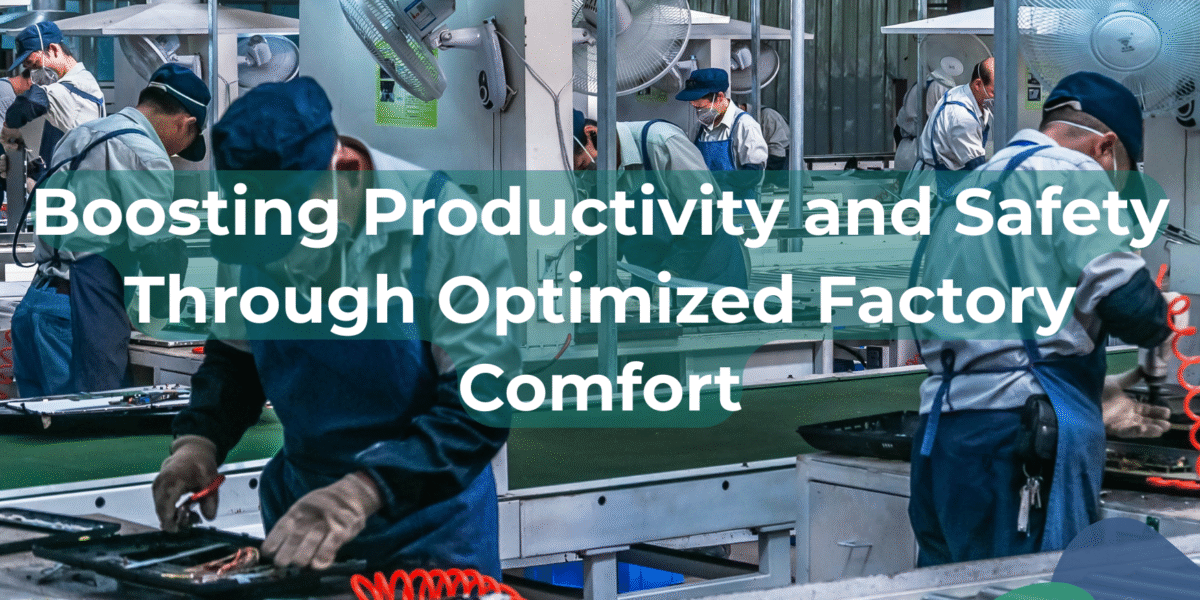
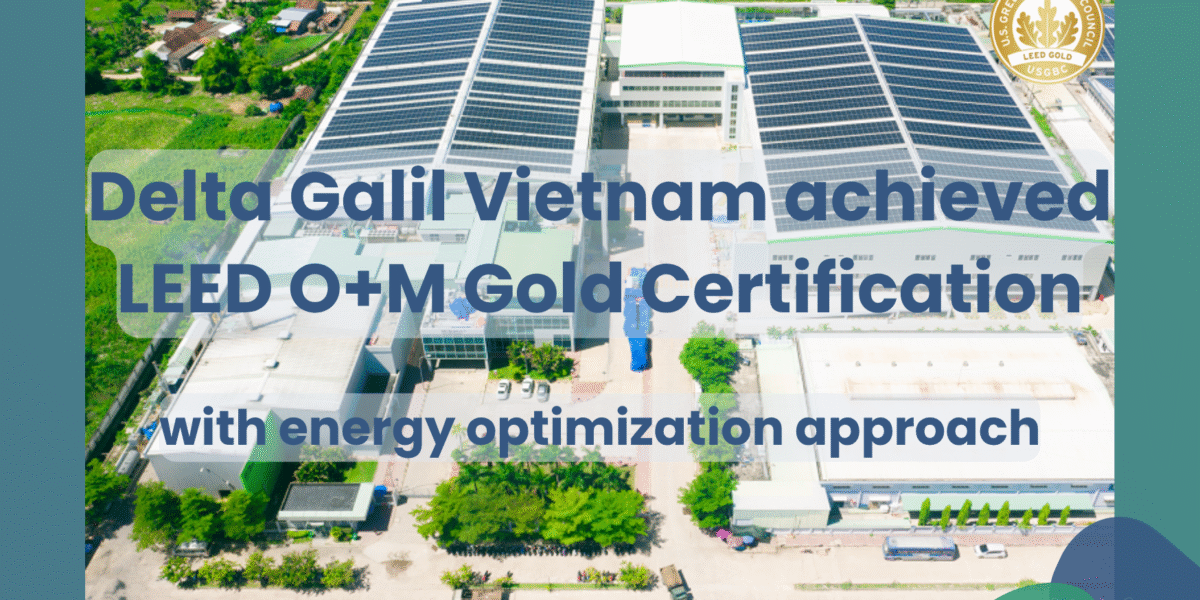


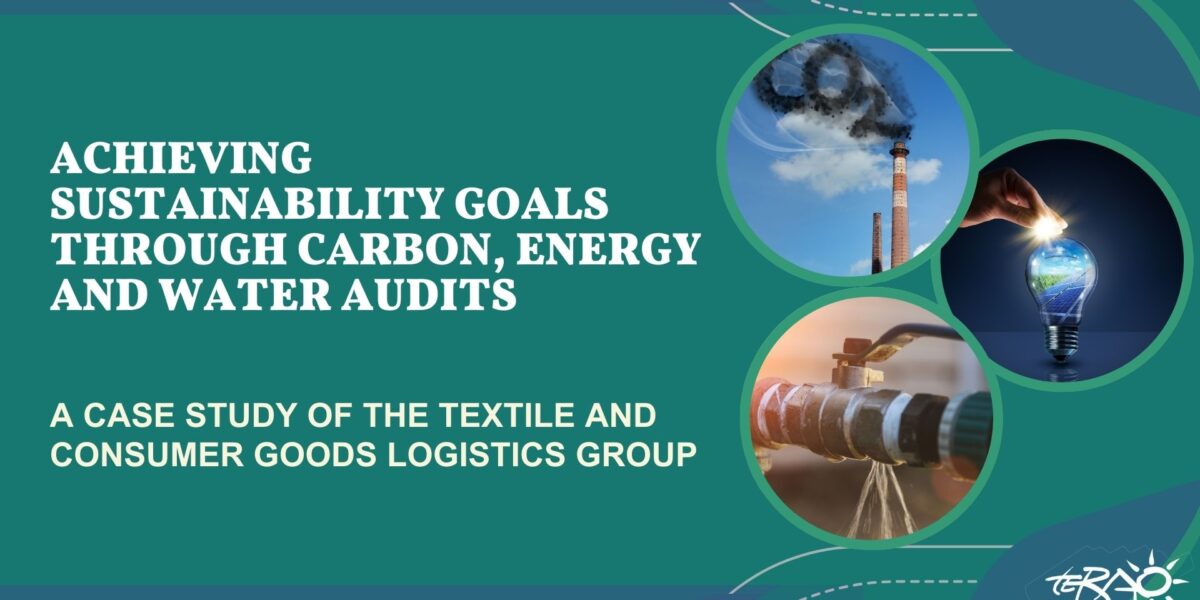
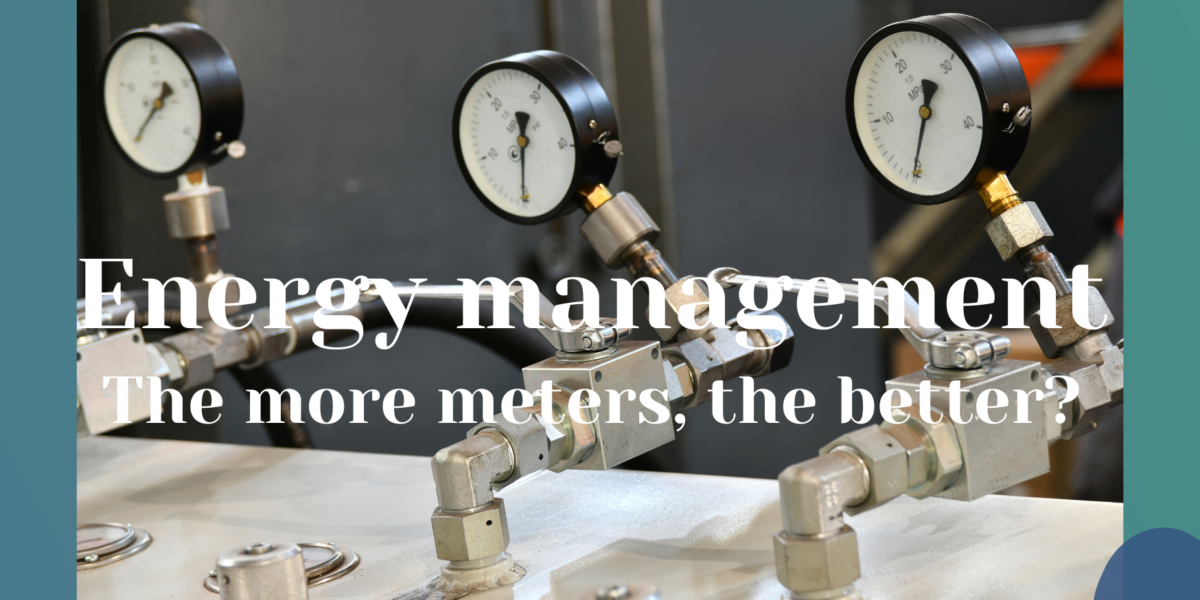
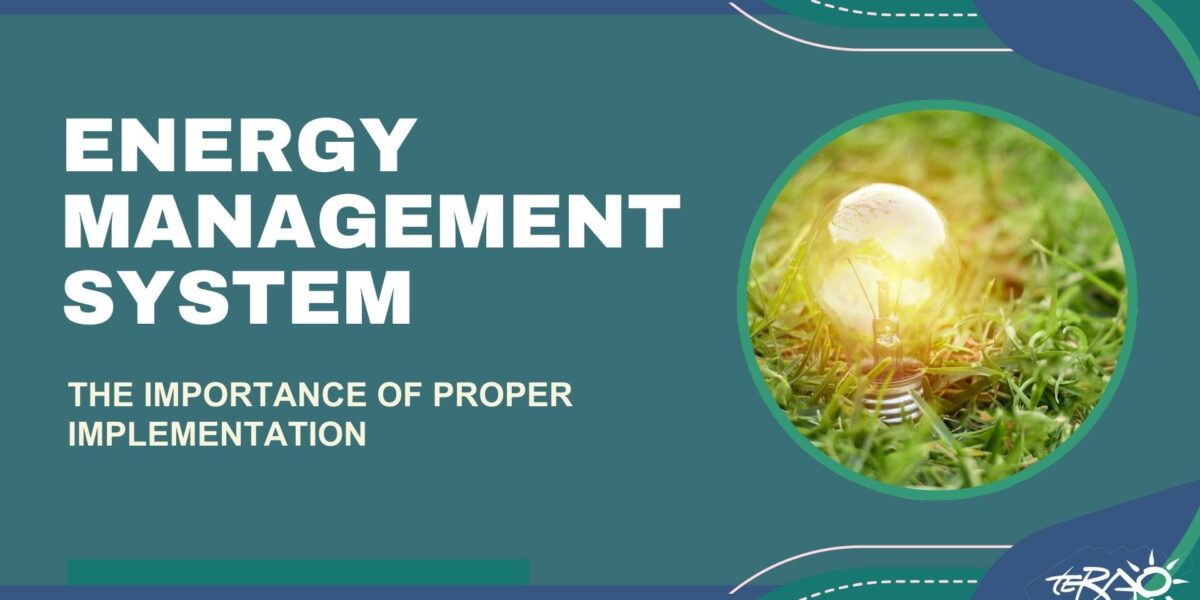
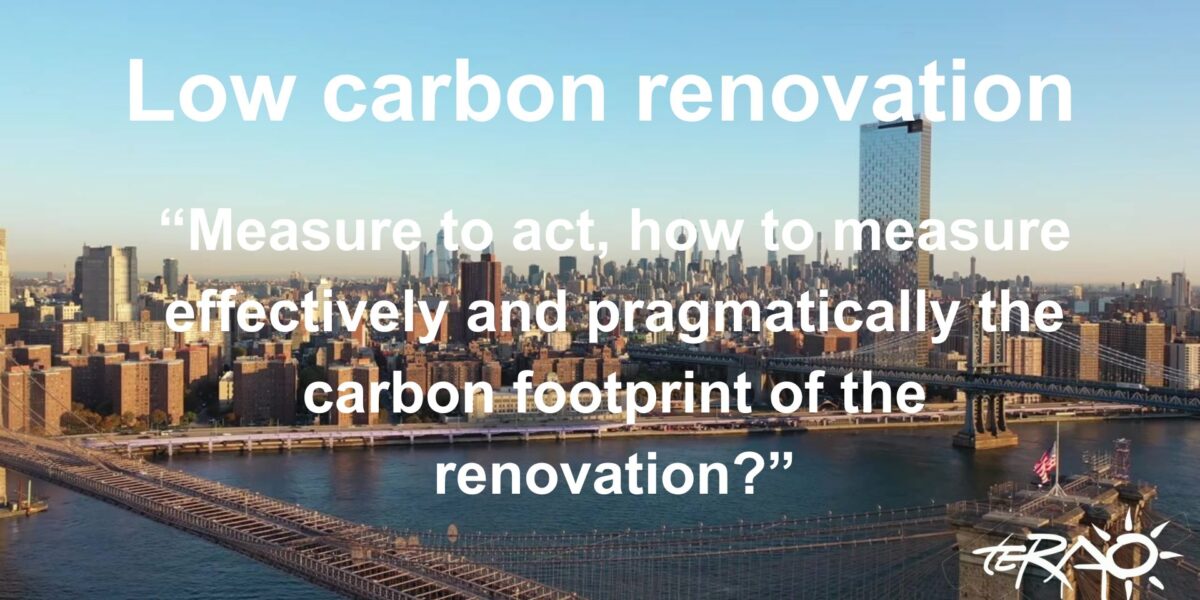
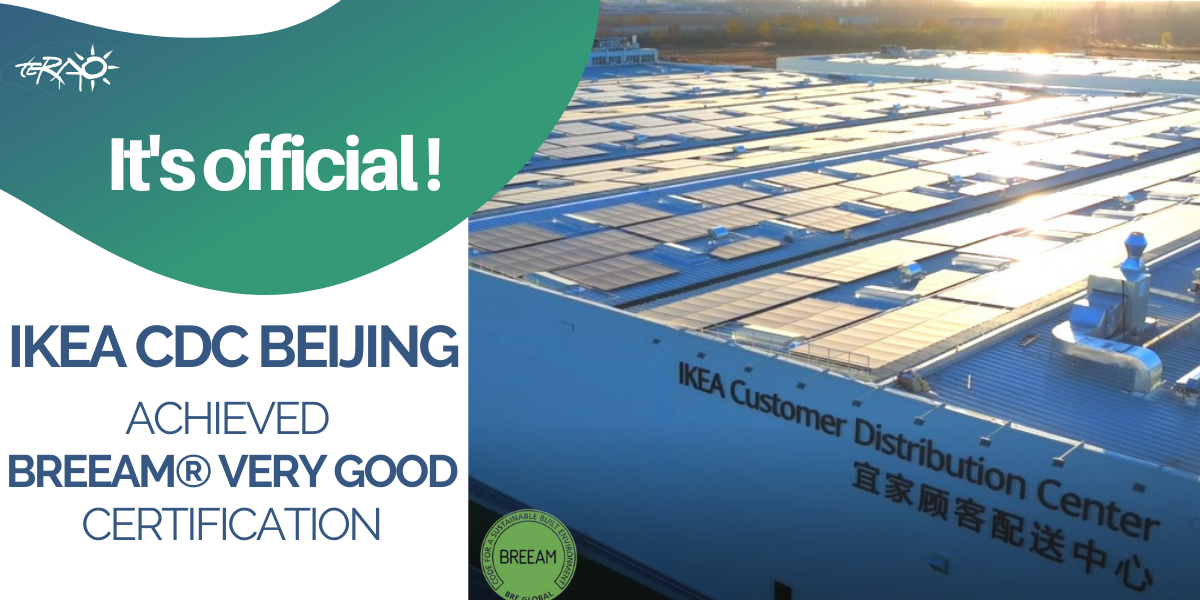
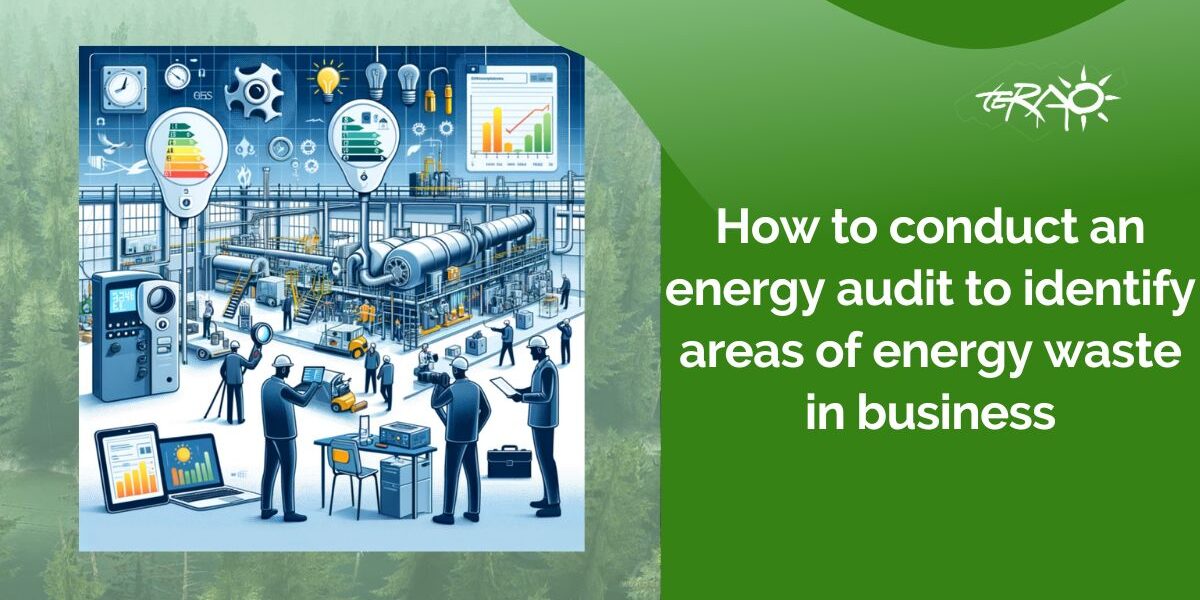



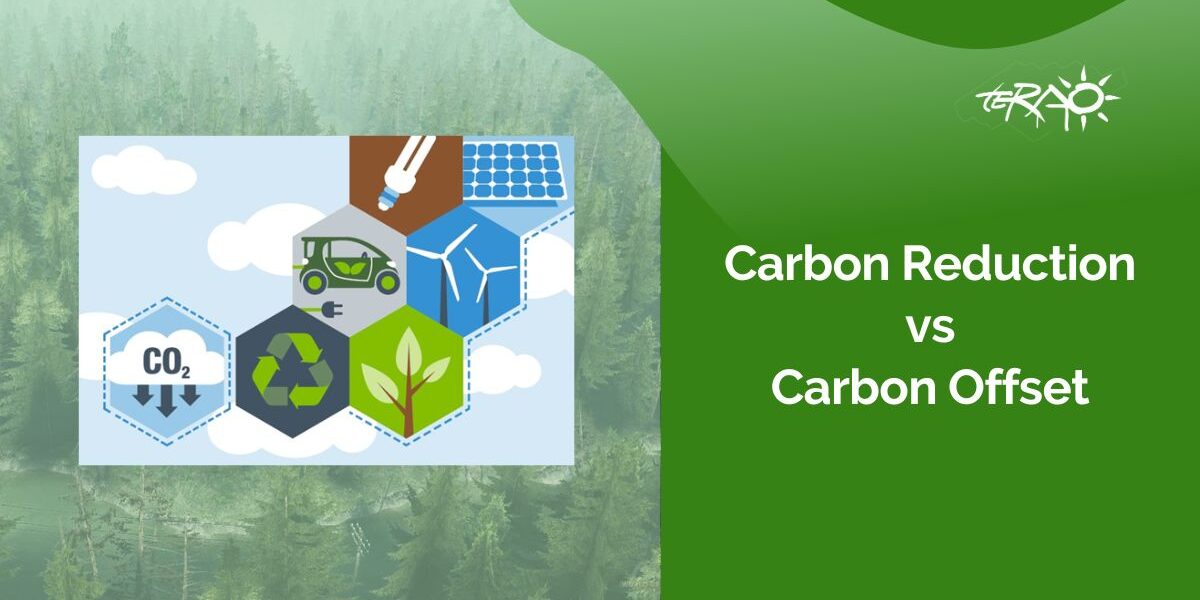

![[Case Study]Boosting Productivity and Safety Through Optimized Factory Comfort](https://teraoasia.com/wp-content/uploads/2025/09/Cover-photo-150x150.png)
Recent Comments